Royal Gramma – Best Care Guide & Tank Mates (2024)

Saltwater aquarium fish often have a reputation of being beautiful but expensive and difficult to keep. The Royal Gramma fish is fortunately, one of several exceptions to this rule! These small, stunning little basslets are easy to find and keep. And though they can be quite rude to one another, they are generally peaceful fish that will provide years of pleasure for you!
Royal Gramma Care Guide
| Characteristic | Detail |
|---|---|
| Scientific Name | Gramma loreto |
| Adult Size | 3 inches |
| Temperament | Peaceful; Territorial |
| Lifespan | 5+ Years |
| Care Level | Beginner |
| Water Temperature | 74-78℉ |
| Appearance | Bicolored with a Purple Front and a Yellow rear half |
| Water pH | 8.0-8.4 |
| Diet | Carnivorous |
| Tank Size | 15+ Gallons |
Overview
Typical Royal Gramma Behavior
The Royal Gramma is an ideal reef tank resident for the majority of small and medium sized fish tanks. They are a peaceful saltwater fish and can even be slightly shy. But this usually only happens when they are kept in bare tanks with no place for the Royal Gramma to hide. They feel exposed and therefore skittish in these kinds of saltwater tank.
Grammas of all types are cave dwellers that need a place to call their own and escape from direct lighting, as they often can be found near deep water reefs. When given a cave you’ll see your Royal Gramma out and about, hunting for food. But they can be very possessive of their caves sometimes giving them a reputation of an aggressive fish. The Royal Gramma sometimes will chase away fish that gets too curious about their home.
Royal Gramma are also extremely intolerant of one another. They will regularly fight since they will encounter each other regularly. But this is more dependent on tank size than anything else. In an aquarium larger than 55 gallons with plenty of live rock you have a decent chance of keeping two or even three so long as you introduce them in the right way!
Royal Gramma Appearance
The Royal Gramma fish species absolutely live up to their name, with a regal appearance centered on vibrant bicolor tones. The front half of these fish is a rich purple color, gradually transitioning over to a golden yellow on the other half. In between is a network of purple and yellow scales and their eyes have a black line straight across. They generally have clear fins, but one little guy I’ve had for years have them fully colored. Their dorsal fin has a small black spot, though you probably won’t see it unless they are swimming in the water column. These beautiful fish are great beginner fish given their ability to live in a minimum tank size, their varied diet, and easy temperament.
They are strikingly similar to the Western Pacific Royal Dottyback (Pictichromis paccagnellae). However dottybacks are infamous for being aggressive and intolerant, much more so than gramma loreto.
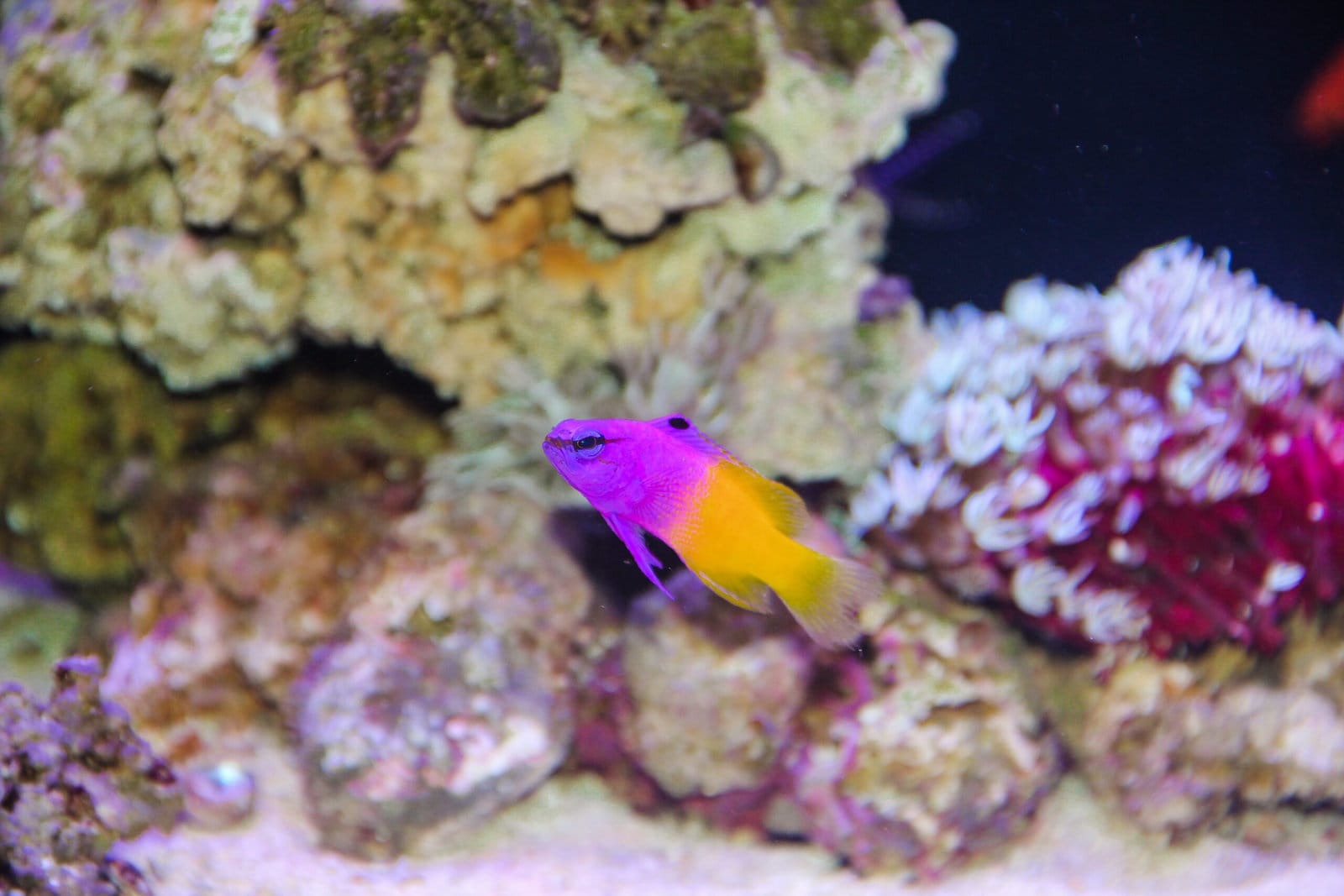
Life Span
Royal Grammas are on the longer lived side for such small fish. Three to five years is a solid average and they may live to be even older when well cared for with proper water parameters a nice hiding place, and fed a diverse diet of frozen food, pellet foods, and other high protein grub!
How Big Do Royal Grammas Grow?
This species are right on the edge of being small to medium sized fish. A fully grown adult Royal Gramma basslet is 3 inches long, making them ideal for aquariums larger than 15 gallons. Just remember that while they are peaceful they are very territorial when it comes to defending their home cave. So aquascape accordingly so all of your tank inhabitants can hide without squabbles.
Sexing Royal Grammas
Unfortunately, sexing Royal Grammas is a very difficult undertaking. Both males and females have vibrant colors; the males do have a slight edge but only when comparing them side by side.
Also, Royal Grammas don’t have fixed genders. Like many marine fish, they change genders based on social hierarchy. They are all born female and through social dynamics, the dominant fish changes sex over a few weeks to become a male. The male has slightly extended pelvic fins and is often slightly larger than the females, but not by very much. Unless you have a lot of space and several grammas living in the same tank, you almost certainly have a solitary female.
Compatible Tank Mates for Royal Grammas
While they are aggressive towards each other, the Royal Gramma is otherwise a peaceful fish that will get along with a wide range of others! They are too small to eat even the tiniest of tank mates. Tiny invertebrates like immature Sexy Anemone Shrimp (Thor amboinensis) or Pom Pom Crabs (Lybia sp.) might become a meal, though.
Keep them with Pygmy Angelfish (Centropyge sp.), Tangs, Butterflyfish, Clownfish, Damselfish, and other small to medium sized community fish. You can also keep Royal Grammas with more sizable invertebrates like Blood Red Fire Shrimp (Lysmata debelius) and Coral Banded Shrimp (Stenopus hispidus). Gramma loreto are also entirely reef safe and won’t pick at large or small polyp stony corals or soft corals. They will leave other sessile (non-moving) invertebrates alone as well, including Giant Clams, Sea Anemones, and Feather Duster Worms!
Other Saltwater Fish for Royal Grammas Include:
- Pygmy Angelfish, Yellow Tang, Clownfish, Damselfish, Gobies, and other small to medium sized Saltwater fish
- Cleaner Shrimp, Starfish, Corals, Clams, Snails, and other Invertebrates
Water Conditions
Temperature
The Royal Gramma fish are found in the tropical portions of the Caribbean Sea and Western Atlantic Ocean. Therefore, we want to provide steady temperatures of 74-78℉.
Water Chemistry
The Royal Gramma is one of the most beginner friendly saltwater aquarium fish out there! They do need a specific gravity (salinity) of 1.020-1.025, the same as other marine fish. But they have few major demands in terms of water chemistry. They aren’t especially sensitive to ammonia, nitrite, or nitrates, nor do they need excessive amounts of trace nutrients like potassium or iodine. All of these are found mixed into standard marine aquarium salt blends anyway!
The pH should fall between 8.0-8.4. Assuming you’re using a crushed coral (aragonite) substrate, this should not be an issue since aragonite will buffer the water towards alkalinity anyway.
Saltwater Aquariums Setup
Tank Size
The Royal Gramma is small enough to thrive in aquariums as small as 15 gallons. But if you’re looking to keep one in a community tank with other fish, I’d recommend 20-30 gallons as a good start. The Royal Gramma should only be kept with one another in aquariums 55 gallons or larger.
When keeping two or more gramma loreto you should introduce both at the same time so a single dominant fish doesn’t feel like their territory is being invaded. You’ll also need to provide these saltwater fish with a few places to hide so they can pick their favorite places and delineate their territorial boundaries!

Feeding Your Royal Gramma
What Should I Feed My Royal Gramma Basslet?
The Royal Gramma is purely carnivorous, feeding mostly on planktonic invertebrates, young fish, and tiny creeping organisms like shrimp they might find across coral reefs. In a home aquarium they readily adapt to eating prepared marine fish food flakes and pellets. But you’ll want to stick to a carnivore preparation rather than one that has loads of seaweed and other plant-based additives.
Grammas can’t digest vegetable matter and should be fed exclusively protein. You should also offer them thawed frozen foods, including mysis shrimp and brine shrimp, which offers them extra nutrients your prepared foods may lack.
Other ideas include dead food like shrimp, crustacean flesh, and other meaty food to replicate the diet of this species’ natural habitat on the reef. My Royal Gramma always tends to poke out of it’s nest in the rocks after time hiding, and will eat copepods, meaty foods, or other leftover dead food, highlighting their unique behavior. While the royal gramma is not known as a cleaner fish, this beautiful fish does tend to help eat quite a bit of the leftovers!
How Often Should I Feed My Royal Gramma Fish?
They are small, active fish that normally feed regularly in nature. Therefore, we want to feed them two to three times per day in small amounts!
Breeding Your Royal Grammas
How Can I Condition Royal Grammas to Spawn?
Assuming you can get a compatible pair, the best way to condition Royal Grammas to spawn is to provide with ample protein-rich live and frozen foods or newly hatched brine shrimp, small rocks and cavities to spawn in, and macro algae to build nests with. If you see a nest building Gramma then you can be sure you’re looking at a male. Once the algae nest has been built, he will then spend most of his time trying to entice the female into entering his cave.
How Can I Tell If a Royal Gramma fish is Pregnant?
A female Royal Gramma will swell slightly with eggs if she’s receptive. But the visual cues aren’t as obvious as they are with other fish. The nest building activity of the male is a much clearer sign that your Royal Grammas are preparing to spawn!
Once they embrace, which they will do several times over the course of a few days, 20 to 40 eggs will then be cared for by the male until they hatch within 4 to 6 days. The young are born helpless at first and will absorb their nutritious yolk sacs for 48 hours. After this point they become free swimming and are large enough to be fed live microfoods like rotifers and baby mysis shrimp. It’s best to remove the fry to a rearing tank at this point because they are likely to be eaten by your other fish or sucked up into a filter or protein skimmer.
Captive bred Royal Grammas are always much pricier than wild caught ones since they are free of parasites and better adapted to captivity. So be sure to share your success with your local pet stores!
Frequently Asked Questions
Are Royal Gramma basslets Easy to Keep?
These saltwater fish are some of the most striking marine fish in the hobby. Fortunately, they are also hardy fish that aren’t demanding in terms of water quality, they have a mostly peaceful nature, and don’t get too large!
What does the Royal Gramma Eat?
Royal Grammasare carnivorous and need a protein-rich prepared food blend. You can supplement this with frozen foods like brine shrimp, mysis shrimp and chopped seafood as they are willing to eat dead food!
Can I Keep Multiple Royal Grammas Together?
Yes but only with careful planning because the Royal Gramma species can be viciously territorial towards their own kind. If you introduce multiple Grammas together at the same time, and in an aquarium that’s 55 gallons or larger, you have a good chance of them all finding rocks to defend and getting along reasonably well in your reef tank. Starting with Royal Grammas as young as possible is also helpful. This way you may even see breeding behavior in the future as a dominant male emerges from your group of females!
Where to buy a Royal Gramma Basslet
I’ve had great luck with buying royal gramma fish at my local fish store in South Florida. They’ve given me great tips of royal gramma care in addition to overall advice about my reef tank. While I’ve never purchased a royal gramma online, anecdotal advice from the Facebook group suggests they have arrived healthy.
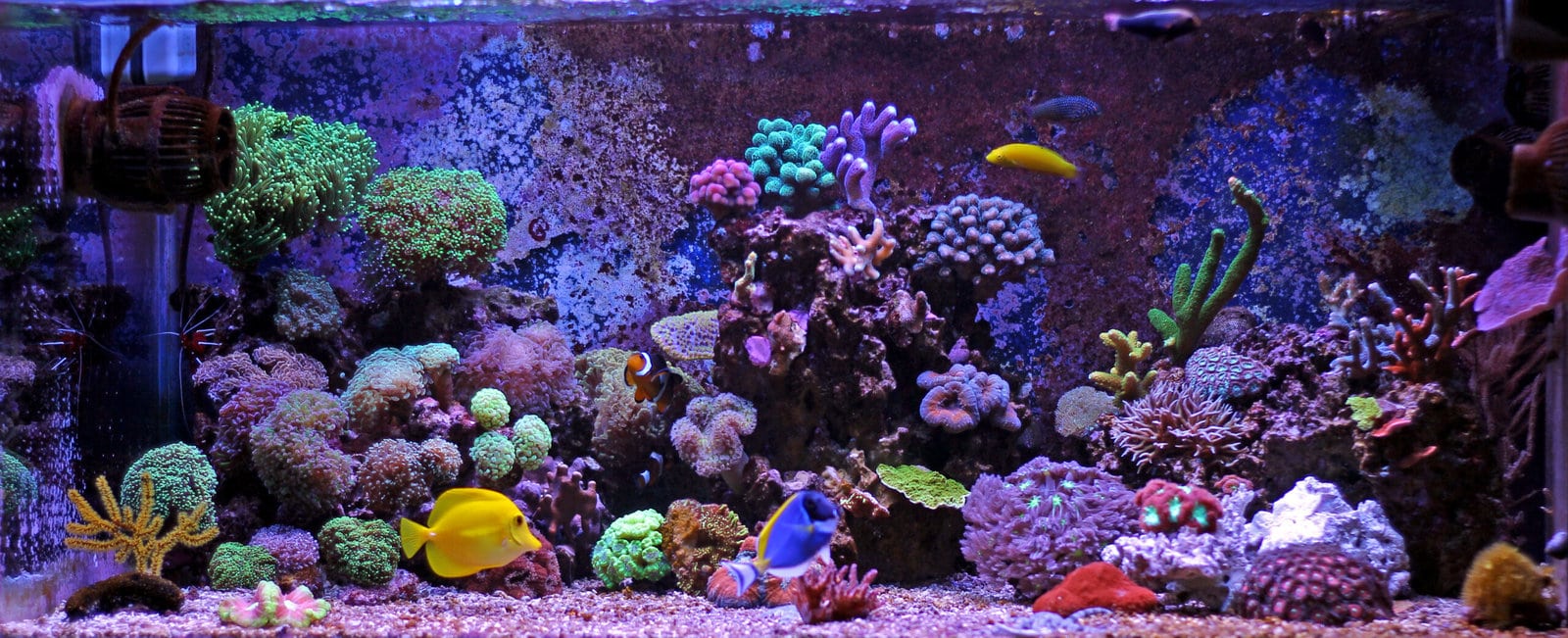
Frequently Asked Questions
Are Royal Grammas Easy to Keep?
Royal Grammas are one of the most striking marine fish in the hobby. Fortunately, they are also hardy fish that aren't demanding in terms of water quality, mostly peaceful, and don't get too large!
What do Royal Grammas Eat?
Royal Grammas are carnivorous and need a protein-rich prepared food blend. You can supplement this with frozen foods like brine shrimp and chopped seafood!
Can I Keep Multiple Royal Grammas Together?
Yes but only with careful planning because Royal Grammas are viciously territorial towards each other. If you introduce multiple Grammas together at the same time, and in an aquarium that's 55 gallons or larger, you have a good chance of them all finding places to defend and getting along reasonably well. Starting with Royal Grammas as young as possible is also helpful. This way you may even see breeding behavior in the future as a dominant male emerges from your group of females!
No comments

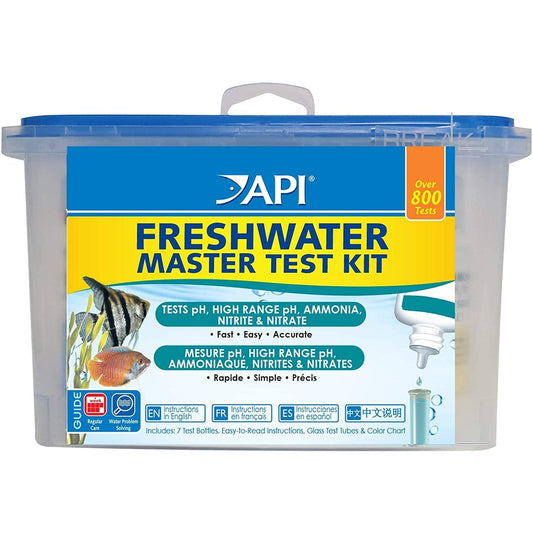
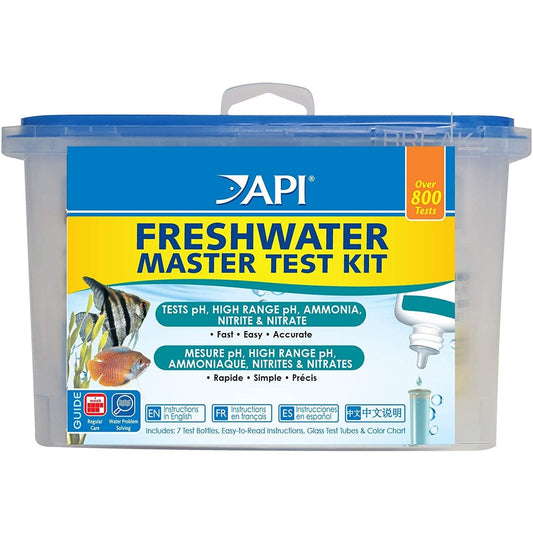







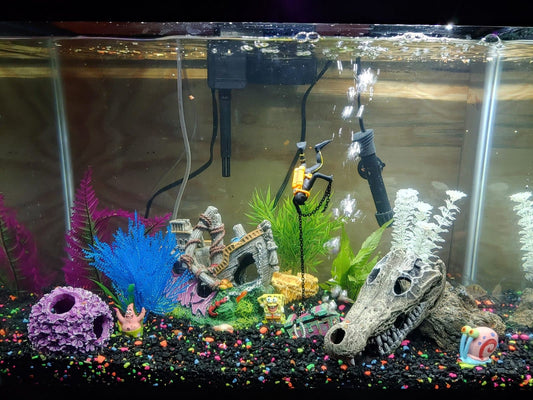



0 comments